GDP as Denominator, Federal Plan, Tax Incentives: Where Draft National Education Policy Needs Tuning
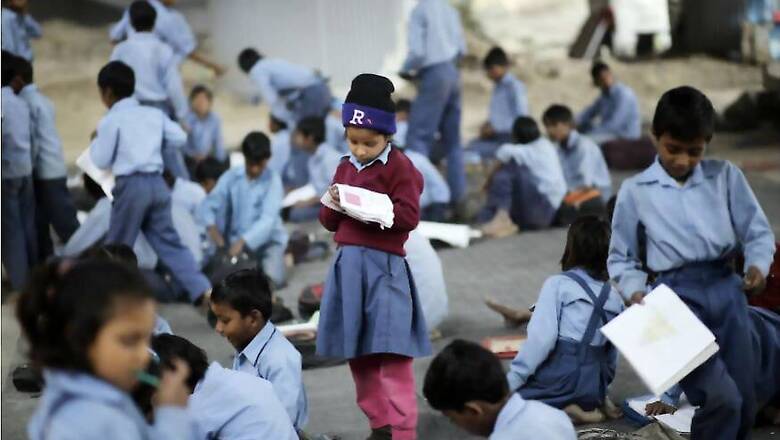
views
On May 31, the Dr. Kasturirangan Committee submitted the draft New Education Policy (NEP) 2019 to the Ministry of Human Resource Development (MHRD). The policy has immense significance as it comes after a gap of nearly 30 years (last National Education Policy was in 1986, modified in 1992).
The NEP is founded on the pillars of access, equity, quality, affordability and accountability. The document is a ‘single organic continuum from pre-school to higher education’.
For translating the proposals into practice, the policy has a whole section on financing of the education sector. The section has critical evaluation of the financing scenario, and existing issues and challenges the education sector is facing. The discussion also indicates alternative avenues for generating additional resources for the sector with roadmaps for their optimal use for a larger impact.
The policy suggestions on financing follows from two key principles — first, financing for education is not ‘expenditure’ but an investment for the future of India’s children; and second, education is a ‘not-for-profit activity and enterprise in society’. This approach towards education is laudable, especially in the current neoliberal setting.
The policy has acknowledged the need for higher investment in education and rightly envisioned that to reap maximum benefits from this investment; financing should be largely from public sources. It has identified the inefficiencies in financing being generated from deficiencies in decentralised planning, bottlenecks in budgetary processes in the forms of delayed fund flows, and systemic weaknesses primarily due to shortage of human resources.
However, as the policy is going to direct the education sector in the coming years and has a direct impact on almost 50% of India’s population, the following are some suggestions for a concrete revised document.
Need a Shift in Milestone from Share of Total Govt Expenditure to GDP
For the last five years, public spending on education has hovered around 3% of country’s GDP, which is way behind the 6% norm stated in all previous national policies on education. The draft NEP 2019 also reaffirms this benchmark as the minimum required public investment for education.
To attain this additional 3% share of GDP, the committee recommended doubling of expenditure on education from the current level of 10% to 20% of all public (Centre and state) expenditure, over a 10-year period.
The committee has made this recommendation anticipating two developments in the economy — a rapid pace of economic growth and an increase in tax-GDP ratio, resulting in enhanced resource envelop of the government, and thus, the education sector.
Unfortunately, there is no automatic assurance that higher economic growth or an increased tax-GDP ratio would induce higher spending on education, even if these result in higher government spending. Nonetheless, even in the proposed scenario, with an incremental education budget by 1% of total government expenditure per year, doubling the share of education budget in total budget of the country in 10-year period is not possible without compromising spending on other sectors.
This zero-sum exercise is not a realistic ethical approach, especially when many other sectors are also faced with similar challenges of providing services with existing level of resources.
Moreover, a contrary situation may also occur. What would happen to spending on education if overall public investment shrinks? Thus, it would be encouraged to set the milestones of the public investment for overall education as well as the components in need of higher investment in terms of GDP instead of share of total government expenditure.
Need a Detailed Discussion on Fiscal Federal Structure
Any discussion on public financing is incomplete without a discussion on the country’s fiscal federal structure. Though financing of education is a joint responsibly of both the Centre and state governments, the Centre’s budgetary spending on education accounts for a smaller share as compared to states in the country’s total budgetary spending on education.
After the 14th Finance Commission (FC) recommendations, along with a larger devolution of untied resources from Centre to states, the burden of education financing has shifted more towards states. In 2015, the sub-group of chief ministers on rationalisation of centrally sponsored schemes had recommended that the Centre’s allocation share for salary and remuneration would not change further and any upward revision of remuneration or additional hiring would be made only with the states own resources.
The proposed series of suggestions in the NEP, like the extension of RTE Act, 2009 to all children between the ages of three and 18, expansion of mid-day meal etc. would need more human resources.
There is a high possibility that in the new policy regime, states would not agree to bear the additional cost of salaries. In that case, what would be the cost-sharing for recruiting human resources? Would the same resource sharing pattern be followed? Unfortunately, the draft policy does not deal with any of these fundamental questions.
On the whole, the discussion on Centre-state resource sharing for education is very limited in the policy document. The draft needs to flesh out the Centre-state resource sharing strategies at the earliest.
Alternative Sources of Funding: Need Strategic Implementation
To supplement government spending on education, the draft NEP has suggested alternative avenues of investment through Corporate Social Responsibility (CSR) efforts both by public sector undertakings (PSU), private companies and philanthropic initiatives by individual, corporations and communities.
It is true that CSR in India has witnessed a surge in education spending over the last five years. However, given the scale of requirement, the current fund allocation in education through CSR is miniscule.
Besides, suggestion of resource generation also through CSR contribution by PSUs at current scenario is truly a disconnect between the policy intention and policy practice. A large number of PSUs (especially in states) are either getting closed or privatised because of their apparent financial and operational inefficiencies.
The policy identified the need for providing tax incentives to encourage individual and companies for philanthropic activities. However, other than a mention, there is no concrete suggestion provided on this front. In the absence of a strategic roadmap, banking on PSUs, CSR activities or philanthropic funding would not bring the desired result.
(The author is with the Delhi-based Centre for Budget and Governance Accountability (CBGA), a think-tank where she researches on government financing in education. She can be reached at [email protected], Views are personal)












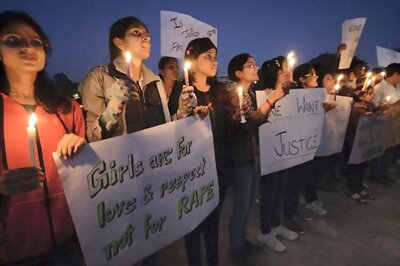
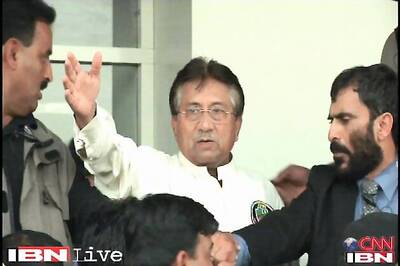


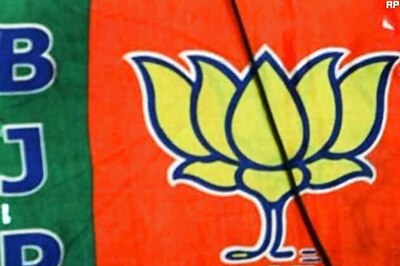


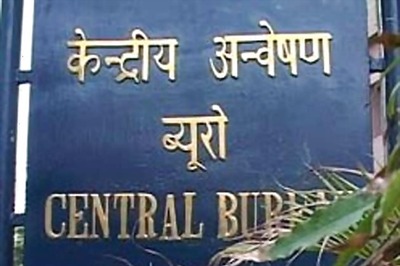
Comments
0 comment